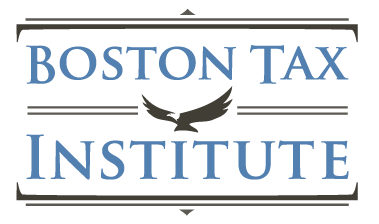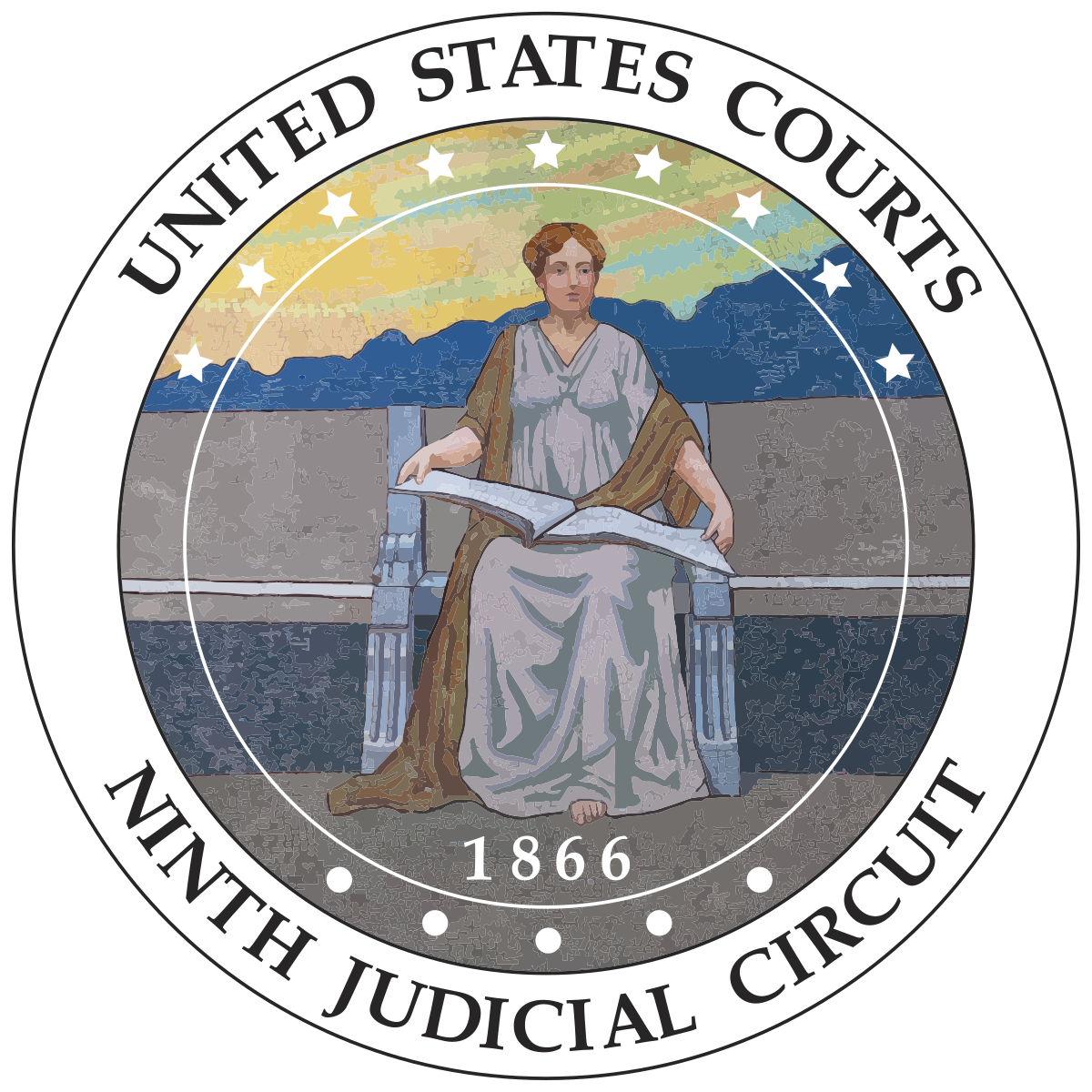A day may come when the fallout from the tax shelter scandal at the turn of millennium is no more. But it is not this day. On this day we share the story of Robert “Bobby” Kotick, CEO of Activision Blizzard, and Seaview Trading LLC. Mr. Kotick is a controversial figure for several reasons. You could talk to some World of Warcraft devotees to get into one of them. Don’t get them started. We’ll stick with the tax story here.
On March 10 the full Ninth Circuit ruled to sustain the Tax Court decision that upheld a $35 million adjustment to Seaview LLC’s 2001 income. Seaview is a partnership for income tax purposes. There was no dispute about the $35 million loss that was disallowed being bad. It was all about when and how the IRS issued the adjustment notice to the partnership. Judge Paul J. Watford, an Obama appointee wrote the majority opinion. Judge Patrick Bumatay wrote a pretty passionate dissent. President Trump appointed Judge Bumatay.
What Does Kotick Have To Do With It?
When the IRS issues a Final Partnership Administrative Adjustment (FPAA), it is up to the tax matters partner (TMP) to file a petition in Tax Court if they are not happy with what the IRS is doing. In this case there were two filings. One was by AGK Investments LLC as TMP and the other was by Robert Kotick as TMP. The reason for two filings was that AGK Investments LLC (99.15% owner of Seaview) was wholly owned by Robert Kotick. Of course that does not tell us that he is the very Robert Kotick of Activision Blizzard. For that we need to go to the package that went in with the appeal. From that you can, with patience, see that AGK’s address is c/o Activision and read the deposition of Robert Kotick on June 7, 2007 where he describes his career up to that point and what he thought he was doing with Seaview. The other partner in Seaview, KMC Investments LLC (less than one percent) was wholly owned by Charles Kotick, Robert’s father, who died in 2005.
What Did Seaview Do?
Seaview did not do much. According to the partnership return with the nearly five million dollars that the Koticks, father and son, contributed and $35,300,000 that it borrowed it purchased an interest in Coastal Common Trust Fund Series III. There was some other activity with interest and dividends and the like, but the big item on the return was the ordinary loss flow through of over $35 million. The large loss was not reflected on the balance sheet. The reconciliation of tax income with book income characterizes it as a “timing difference”. The 2001 K-1 form did not require that you indicate what method you were using for maintaining capital accounts.
So all the activity that generated that $35 million in loss was actually taking place in the Common Trust Fund, whose return we don’t have. What was the Common Trust Fund doing? As it ultimately turned out ,very likely not to the knowledge of the Koticks, father and son, Common Trust Fund was doing about as much actual investing and trading as Bernie Madoff’s operation was. The IRS issued Notice 2003-54 on the Common Trust Fund Straddle Tax Shelter, if you want to dig into how it was supposed to work and why it doesn’t.
The “loan” was from Bayerische Hypo- Und Vereinsbank AG, better know as HVB. In 2006 HVB entered into a deferred prosecution agreement with the Justice Department. HVB agreed to pay $29 million and admitted criminal wrongdoing. “Common Trust Fund” was one of the sorts of tax shelters it admitted facilitating
“HVB admitted that its fraudulent activities in connection with the four tax shelter transactions included: (i) participating in transactions purporting to be “loans” but which were not bona fide loans; (ii) participating in trading activity on instructions from promoters that was intended to create the appearance of investment activity but that had no real substance; and (iii) participating in creating documentation that contained false representations concerning the purpose and design of the transactions.”
So none of it was real.
What Did Kotick Think He Was Doing?
In a 2007 deposition which ultimately became part of the Tax Court record, Mr. Kotick related how he came to his position at Activision. He attended the University of Michigan without graduating. He had started a computer software company in his dorm room. It failed but he learned a lot. He started another company making productivity software like word processors, database software and spreadsheets for Commodore. That was around 1985. I remember those days fondly from being on the user side of stuff like that.
He then branched into entertainment software. In 1987 he tried to buy Commodore with a group of investors. That got him interested in the video game business. He was a small investor in a small company that was the licensing company for Nintendo. He became the CEO of the company licensing merchandise featuring the Mario Brothers character. Nintendo did not want someone doing licensing who was also creating software, which was what Kotick was really interested in. That is when he got involved with Activision which by his account in the deposition he led from near bankruptcy to in the early nineties to $1.5 billion in revenue and record profits in 2007 when he was testifying.
According to his testimony he got involved in the Common Trust Fund transaction on the recommendation of his father. Charles Kotick was a lawyer and he had learned about it from one of his partners who recommended it highly. Robert saw the deal as a chance to diversify his holdings with some tax benefits thrown in.
“So he said this was — there was this opportunity to make an investment. It was in a foreign currency trading hedge fund, and it came with great tax benefits. And he knew I was going to sell some stock that year so thought this would be a good investment and a good way to diversify because most of my net worth was tied up in my stock.”
That’s the way it was in 2001. Years later one of my regional firm partners who had been an audit partner in a large national at the time told me how it went. When a liquidity event was in the offing he was to call in the team to present whatever the flavor of the month in shelter deals was. It was a win, win, win. And everybody thought that it was fine. Well note everybody, but most.
Robert went so far as to go to New Jersey to meet with the person who was purportedly doing the foreign currency investing. At least in his testimony, the tax benefit almost seemed incidental. When he was asked about the common trust fund structure he replied.
“I didn’t really exactly understand it. I know it had something to with how they generated tax benefits in the investment, but I can’t tell you that I had any real understanding of it.”
The Litigation
The IRS audited Kotick’s individual tax return for 2001 and disallowed some of the expenses related to the Common Trust Fund deal, but left the $35 million flow through loss intact. Then they audited the partnership and issued the FPAA on October 26, 2010. The way it works is that if a partnership is a TEFRA partnership the determinations are made at the partnership level and the individual has no further recourse. There was litigation about whether Seaview was a TEFRA partnership. There were only two partners, but in the IRS view they were flow through entities, which would make it a TEFRA partnership. The taxpayer argument was that the LLC partners were disregarded entities and they are to be disregarded for all purposes, That is why two tax court petitions were filed.
The ruling was that Seaview was a TEFRA partnership. This means that the statute of limitation clock started when the partnership return was filed rather than when the individual return was filed, which would have cut it off sometime in 2005. Only what happened was, as is explained in the deposition by the accountant who prepared the 2001 individual return the Seaview return was sent in along with another return. So they only have evidence of that other return being filed. Still the accountant gave the IRS a copy of the return in 2005 when they asked for it. That would have made for statute protection sometime in 2008 you might think. Not so says the IRS, the Tax Court and the majority of the Ninth Circuit. That return was never “properly filed”. You know mailed into the service center in Ogden, UT.
That is the generally disturbing nature of the ruling which other commentators have focused on. I’ll bet not many of them have played World of Warcraft though, which is why I wanted to give you the story behind the story,
The Tab
I would rate it unlikely but you can’t rule out that the IRS will not have it together to push the adjustment through to Kotick’s 2001 return. Putting that aside, what is his tab ? Well I have to refer you to Reilly’s Sixth Law of Tax Planning – Don’t do the math in your head. Now I will break that rule and say that the tax tab should be somewhere between $7 million and $14 million, That is based on marginal rates and assuming that a large portion of Kotick’s income was long term capital gain. Also that is just the federal tax. But there is more. It was agreed at some stage of the litigation that there would be no penalty, but there is interest. I think I have a pretty good handle on that. The total interest from April 15, 2002 would be about 160%. Remember it is a 2001 return. If I had to enter a contest to guess the total tab I would go with $26 million.
Originally published on Forbes.com.
For great value continuing professional education. I recommend the Boston Tax Institute

You can register on-line or reach them by phone (561) 268-2269 or email vc@bostontaxinstitute.com. Mention Your Tax Matters Partner if you contact them.
For articles oriented toward tax professionals check out Think Outside The Tax Box.
































































































